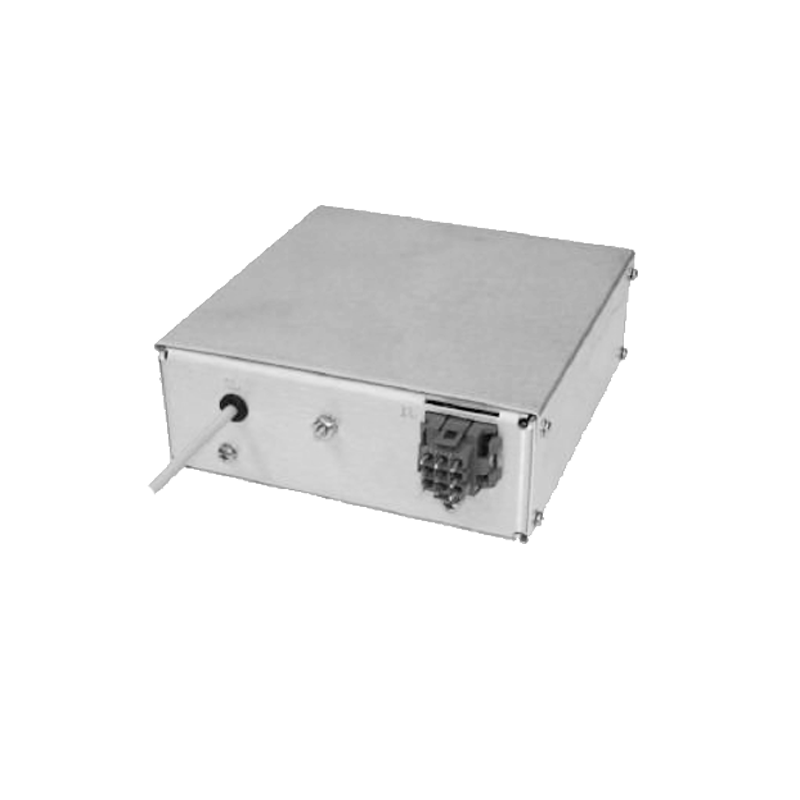High-Power Regulated Power Supply: Dynamic Power Allocation and Load Balancing Strategies for Multiple Loads
In industrial systems or test benches, a single high-power regulated supply often serves multiple loads simultaneously—each with distinct voltage or current demands, and each with dynamic variation. To ensure stable operation across all loads, the supply must implement a dynamic power allocation and balancing architecture, distributing power responsively and protecting against overloading or cross-coupling.
A modular multichannel architecture is often used: the main bus provides a high-voltage DC rail, from which multiple isolated output channels deliver regulated voltage or current to individual loads. Each channel incorporates its own DC/DC converter, with local feedback control as well as coordination with a master controller. The master controller monitors load demands, bus voltage, thermal loading, and efficiency targets, and dynamically reassigns output margins to channels as needed.
To prevent supply sag or instability during sudden load transients, predictive balancing is applied. Load forecasting algorithms, based on historical usage patterns or external control signals, anticipate upcoming current demands and preemptively adjust the power reserve allocation. This allows the supply to respond to load changes within microseconds, maintaining regulation within tight tolerance (e.g. <0.5%) across all channels.
Load sharing is implemented through droop control or communication-based current balancing. In droop control, slight controlled voltage drop is introduced proportional to current, promoting equitable sharing. In communication-based schemes, the master controller adjusts each converter’s setpoint to equalize current or temperature load. When one channel is underutilized, spare power can be reassigned to others, optimizing overall utilization.
Thermal balancing is also incorporated: real-time thermal sensors across converter modules inform the master controller. If one module runs hot, its load is gradually reduced, with redistribution to cooler modules. This prolongs lifetime and maintains reliability under high-power operation.
Protection mechanisms such as overcurrent, short-circuit, and fault isolation are coordinated by the master controller. In case a channel fails, its load can be transferred to backup modules seamlessly, ensuring continuity for critical loads.
Experimental implementations show that transient voltage dips during 100% load steps can be limited to under 1%, and inter-channel load imbalance stays within ±1 %. Such strategies enable a single power supply to reliably and efficiently support multiple dynamic high-power loads with robust performance.




















